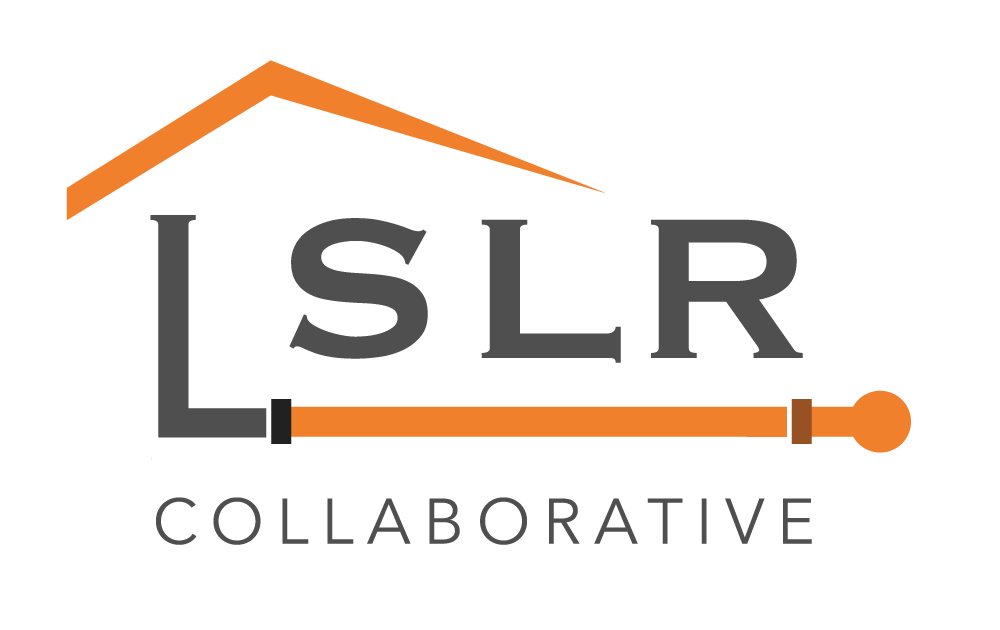|
See the EDF blog
Note to readers: As we all grapple with the grave global health challenge from COVID-19, we want to acknowledge the essential service that the public health professionals at water utilities provide in delivering safe water not only for drinking but for washing our hands and our surroundings. In the meantime, we are continuing to work towards improved health and environmental protections – including reducing lead in drinking water. We’ll plan to keep sharing developments regarding lead in drinking water that may be useful to you. In the meantime, please stay safe and healthy. Lead service line (LSL) inventories provide useful insights into the location and number of LSLs in states and the funding needed to fully replace these lines. In previous blogs, we examined mandatory reporting by utilities of service line material in Illinois and Wisconsin.[1] Here, we examined a March 2020 preliminary report by the Michigan Department of Environment, Great Lakes, and Energy (EGLE) summarizing data submitted by 1,029 utilities. Unlike the annual reporting in Illinois and Wisconsin, Michigan required utilities to submit a preliminary inventory by January 1, 2020 and requires a complete inventory before 2025. While the preliminary report allows lines to be designated as unknown, the material must be determined by 2025. This is a two-step process, rather than the annual report approach that California has taken. Michigan reports less than 100,000 LSLs and 276,000 lines of unknown material that may be lead The state’s preliminary report is based on 1,029 utilities[2] (74% of the state’s 1,386 total) with 2.40 million service lines (90% of the 2.66 million total).[3] This reporting rate is lower than what Illinois experienced at a similar stage in the first year of mandatory reporting. For the 1,029 utilities that reported, utilities reported 99,000 (4% of total) lead, 21,000 (0.9%) galvanized steel,[4] 177,000 (7%) of unknown material but likely to be lead, and 276,000 (12%) as unknown with no information. If all of the four categories are actually lead (which is unlikely), there would be 573,000 (23%) LSLs in Michigan. See the EDF blog Comments are closed.
|
Have a suggestion for an article or blog to add?
Let us know! Type
All
Date
April 2023
|


 RSS Feed
RSS Feed